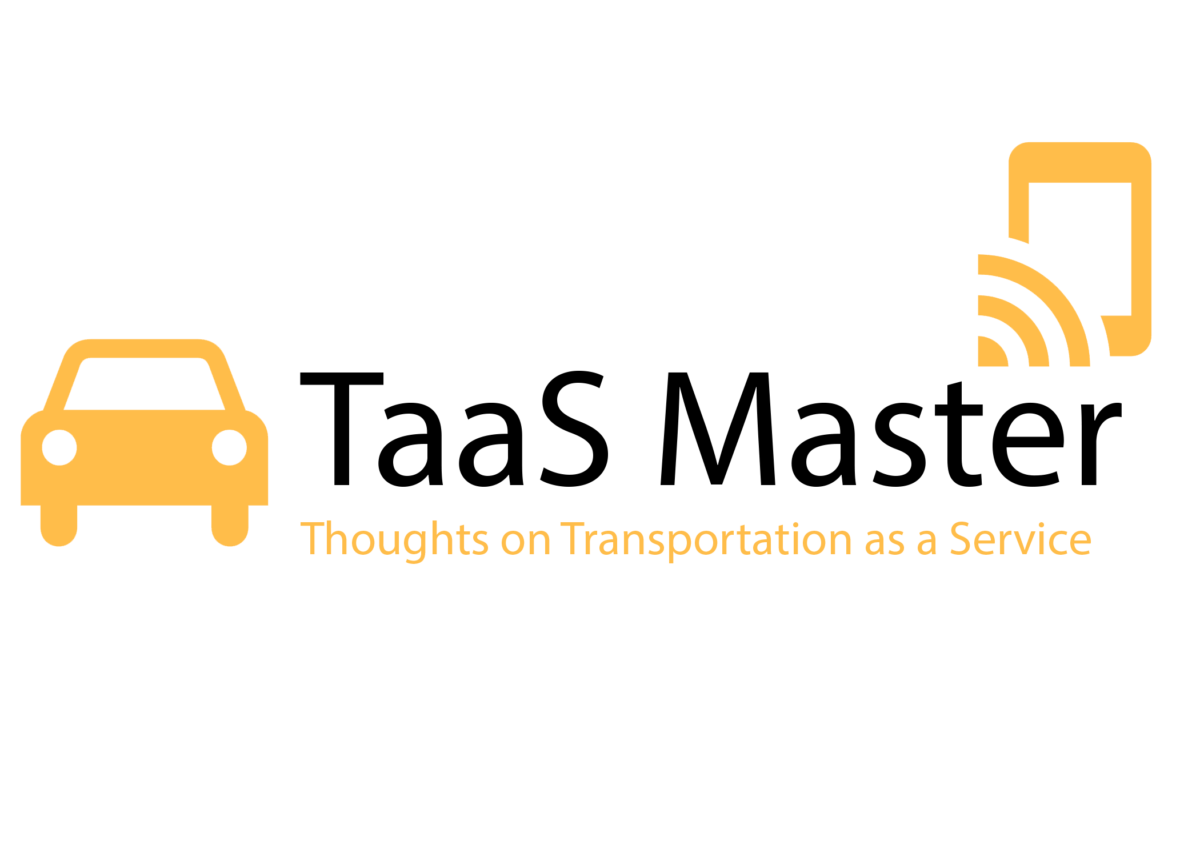That’s the sentiment of Elon Musk who views the usage of lidar (light detection and ranging) for self-driving vehicles as an expensive and an unnecessary crutch. Many companies like Cruise Automation and Waymo believe the usage of lidar is necessary for redundancy and safety. Lidar supposedly allows autonomous vehicles to see better than cameras in bad weather and challenging light conditions. According to many experts, lidar adds the depth and vision that’s missing from cameras and radar alone. However, lidar is also very expensive with units costing between $4,000 and $100,000 versus $300 for radar units and as low as $15 for cameras. Musk has said that using lidar is “a fool’s errand,” a short cut, and gives a false sense of progress with self-driving development. Tesla uses radar, cameras, ultrasonic sensors and neural networks (deep learning). And now other self-driving experts believe lidar may be unnecessary as well. Sebastian Thrun, the leader of the team that won the DARPA Grand Challenge using lidar 15 years ago, now believes that lidar may not be required due to the ability of deep learning computers to analyze a vehicle’s sensing systems regardless of which sensors are used. Last year, Pronto.ai used a Prius to execute a cross-country self-drive equipped only with six video cameras and computers. László Kishonti, the CEO of AImotive, believes redundancy can be achieved with radar and cameras. According to Kishonti, roads are set up around visual cues today. Thus, cameras provide the greatest information density for self-driving cars. A vision-first solution can mimic the capabilities of a human driver combined with the usage of artificial intelligence. These two camps – lidar usage companies versus non-lidar usage companies – might offer an early hint at which companies ultimately win in the self-driving development race.

